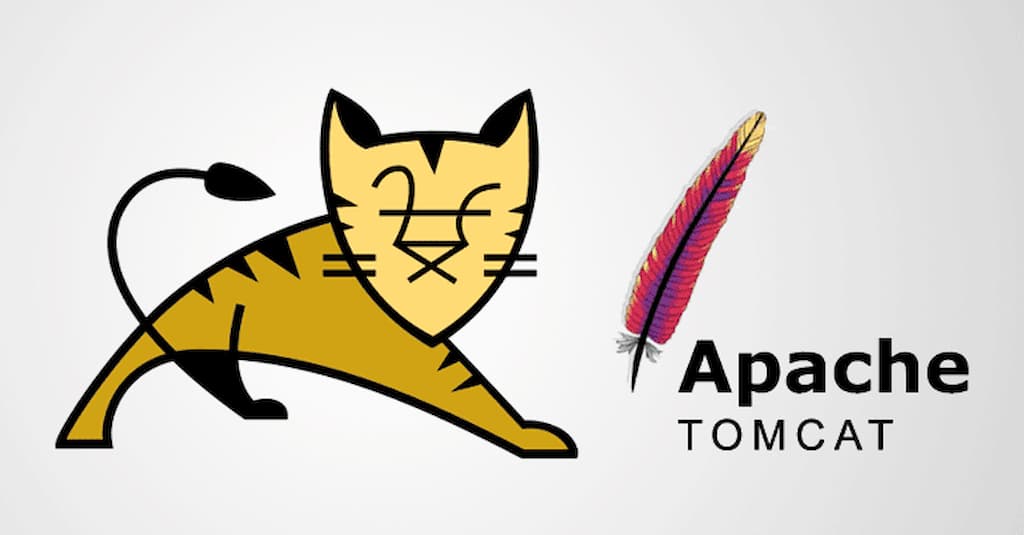Apache Tomcat Server

Apache Tomcat is an open-source implementation of the Java Servlet, JavaServer Pages (JSP), Java Expression Language (EL), and Java WebSocket technologies. It serves as a web server and Java Servlet container, providing a platform for running Java-based web applications.
Here are some key points about Apache Tomcat:
Servlet Container: Tomcat is primarily known as a servlet container, which means it implements the Servlet API and provides an environment for running Java servlets. Servlets are Java programs that dynamically generate web content and respond to HTTP requests.
JSP Support: In addition to servlets, Tomcat supports JavaServer Pages (JSP), a technology for creating dynamic web pages using Java syntax embedded within HTML. JSP pages are compiled into servlets by Tomcat and executed to generate dynamic content.
Java EE Compatibility: While Tomcat itself is lightweight and focused on servlet and JSP support, it can also be used as a Java EE web server by deploying additional Java EE components, such as Enterprise JavaBeans (EJBs) and Java Message Service (JMS), alongside servlets and JSPs.
Open Source: Like other Apache projects, Tomcat is open-source software distributed under the Apache License. Its source code is freely available for viewing, modification, and redistribution, fostering community collaboration and continuous improvement.
Cross-Platform: Tomcat is available for various operating systems, including Unix-based systems like Linux and macOS, as well as Windows. This cross-platform compatibility ensures that Tomcat can run on a wide range of hardware configurations.
Embeddable: Tomcat can be embedded within other Java applications, allowing developers to package and distribute their applications with an embedded servlet container. This feature is particularly useful for creating standalone Java applications with web-based user interfaces.
Web Application Deployment: Tomcat allows developers to deploy web applications by packaging them as WAR (Web ARchive) files. WAR files contain the necessary resources (servlets, JSPs, HTML, CSS, etc.) for the web application, which Tomcat deploys and runs within its container.
Configuration and Management: Tomcat provides a comprehensive set of configuration options, allowing administrators to fine-tune its behavior according to their requirements. Configuration settings are typically specified in XML files, such as server.xml and web.xml.
Monitoring and Management: Tomcat includes tools and features for monitoring and managing server performance, including built-in management web applications like Tomcat Manager and Tomcat Admin, as well as JMX-based monitoring and management capabilities.
Overall, Apache Tomcat is a widely used and versatile servlet container that provides a reliable platform for deploying Java-based web applications. Its lightweight footprint, ease of use, and robust feature set make it a popular choice for developers and organizations seeking a scalable and efficient solution for hosting Java web applications.
Thak you,